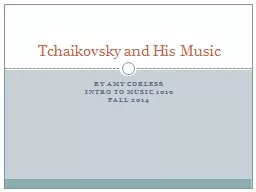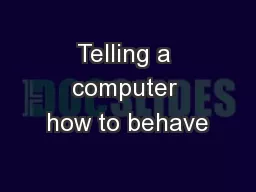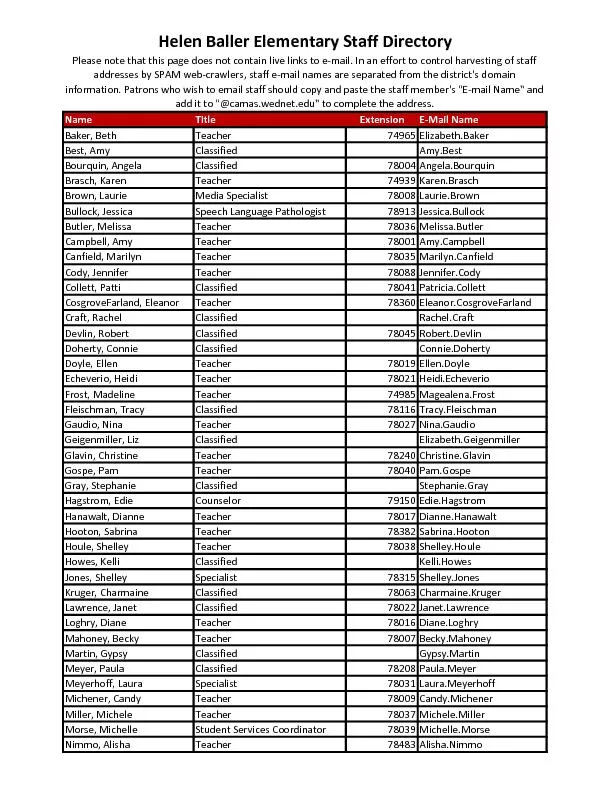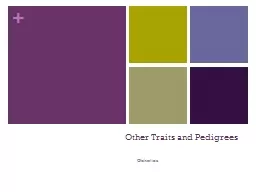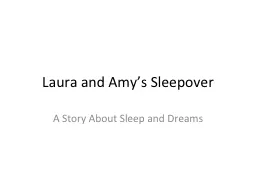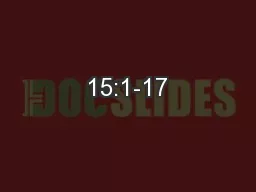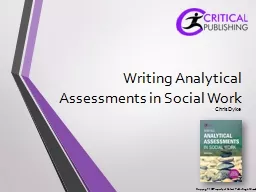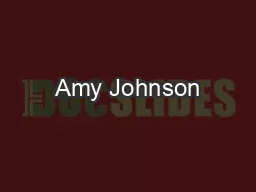PPT-By Amy Corless
Author : faustina-dinatale | Published Date : 2017-08-19
Intro to music 1010 Fall 2014 Tchaikovsky and His Music Biography Early Life Pyotr Ilich Tchaikovsky was born on May 7 1840 in Votkinsk Russia At the age
Presentation Embed Code
Download Presentation
Download Presentation The PPT/PDF document "By Amy Corless" is the property of its rightful owner. Permission is granted to download and print the materials on this website for personal, non-commercial use only, and to display it on your personal computer provided you do not modify the materials and that you retain all copyright notices contained in the materials. By downloading content from our website, you accept the terms of this agreement.
By Amy Corless: Transcript
Download Rules Of Document
"By Amy Corless"The content belongs to its owner. You may download and print it for personal use, without modification, and keep all copyright notices. By downloading, you agree to these terms.
Related Documents

